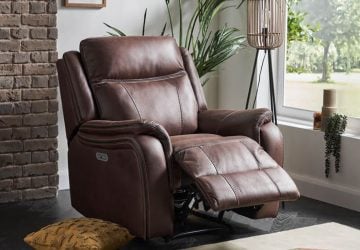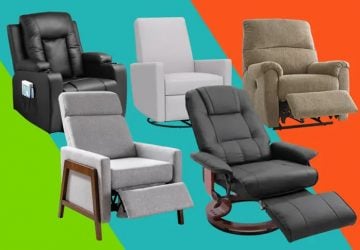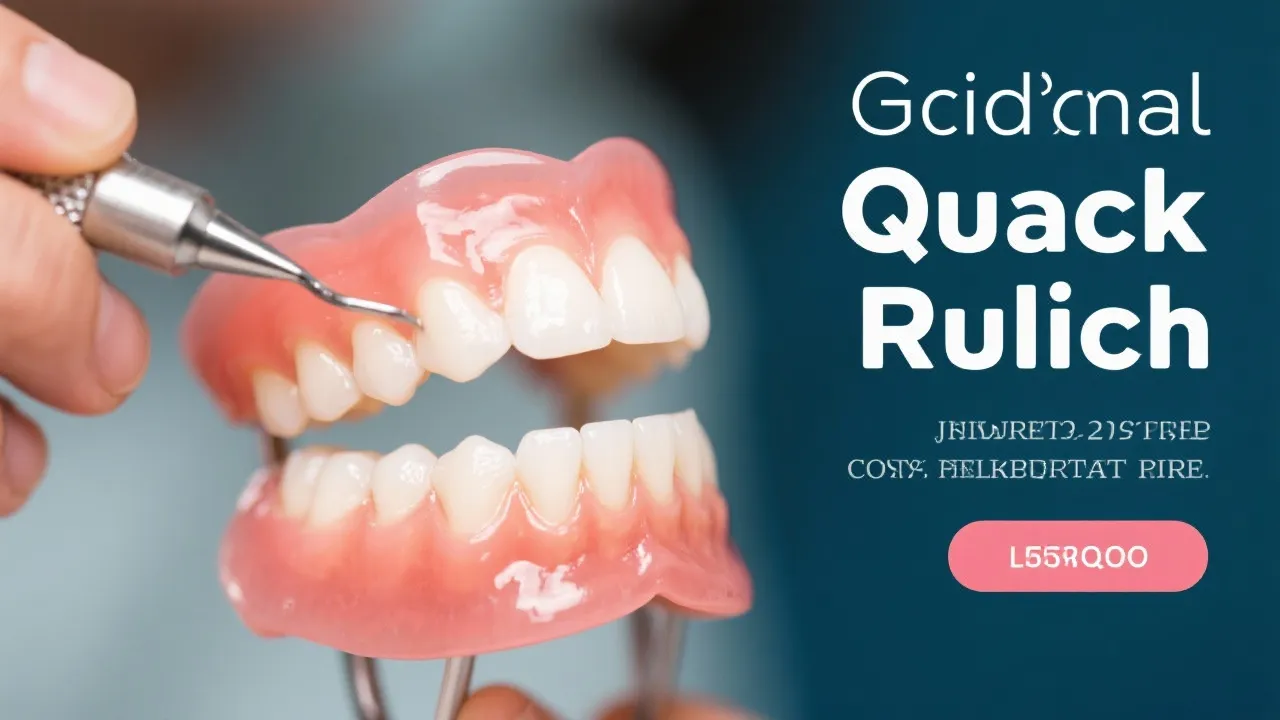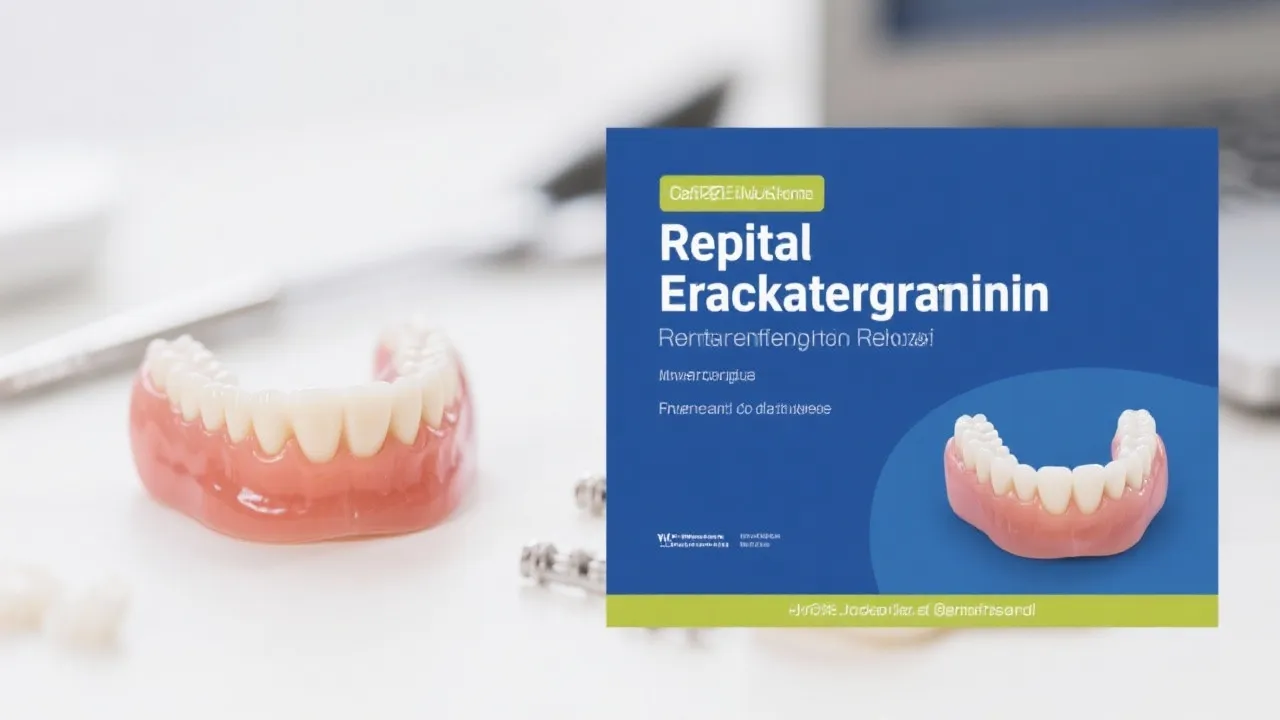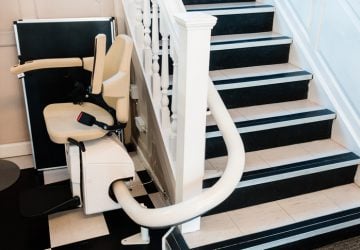Maximize Your Savings: A Guide to Assessing the Value of Your Walk-In Tub Purchase
Acquiring a walk-in tub entails a major choice affecting comfort, safety, and financial well-being. The hesitation to commit funds rests on whether the investment will pay off. This piece dissects the walk-in tub as a sound investment, spotlighting its good fiscal savings, and featuring its utility and value for money.
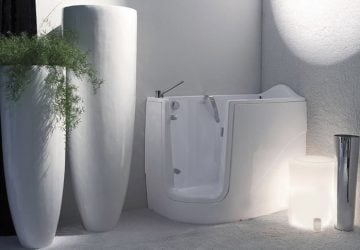
Upfront Expenses vs. Extended Benefits
The cost of a walk-in tub, inclusive of installation, is hefty, yet must be balanced with the accrued benefits over time. These tubs provide exceptional safety, therapeutic effects, and foster autonomy for elderly users or those experiencing mobility challenges. The initial outlay, when viewed against the backdrop of preventing accidents, health care cost reductions, and life quality enhancements, seems insignificant.
Health Gains and Medical Cost Reduction
A walk-in tub is a boon to health, offering potential cuts in medical expenses. Hydrotherapy, with its pain-relieving, circulation-boosting, and accelerated recovery properties, can diminish the frequency of medical consultations, reliance on pain relievers, and physical therapy appointments, yielding noticeable financial savings in the health care realm.
Renovations' Impact on Property Value
Home renovation considerations should include the walk-in tub's positive effect on property value. A high-caliber walk-in tub raises a home's allure, targeting buyers who prioritize safety and luxury. The property may thus fetch a premium price at sale time, compensating for some installation expenditures.
Accident Prevention and Cost Savings
A second compelling investment argument for a walk-in tub is its capacity to forestall accidents. The bathroom, a common site for hazardous slips, invites costly injuries. Walk-in tubs curtail these incidents and the substantial expenses tied to health care or care facilities that could follow, making them financially advantageous in accident prevention.
Aging in Place and Financial Savvy
For elders, the increasing costs of assisted facilities are an apprehensible concern. Walk-in tubs create a safer, more approachable home setting, upholding self-sufficiency and the option to age in place. This autonomy may substantially mitigate costs relevant to senior living accommodations and home care services, underlining the tub's financial acumen over time.
Energy Efficiency Savings
More recently, walk-in tubs are geared towards energy efficiency, boasting features like in-line heaters to maintain water temperature and swift fill-drain systems, cutting down on water consumption. These energy-saving advantages diminish utility bills and present environmental pluses through modest resource use.
Intangible Returns: Peace of Mind
Beyond monetary value, the reassurance brought by a walk-in tub is immeasurable. Ensuring the safety and comfort of loved ones supersedes fiscal considerations, providing an emotional yield on investment that families find invaluable.
In evaluating a walk-in tub's cost-effectiveness, one must look past the sticker price to the long-haul health benefits, possible medical expense reductions, increased home worth, and the peace of mind that is beyond price. A walk-in tub transcends a basic home improvement; it's an endorsement of comfort, autonomy, and fiscal wisdom, with numerous pluses that stand in support of the costs incurred. Keep these factors in view to truly grasp the worth of incorporating a walk-in tub into your residence.
